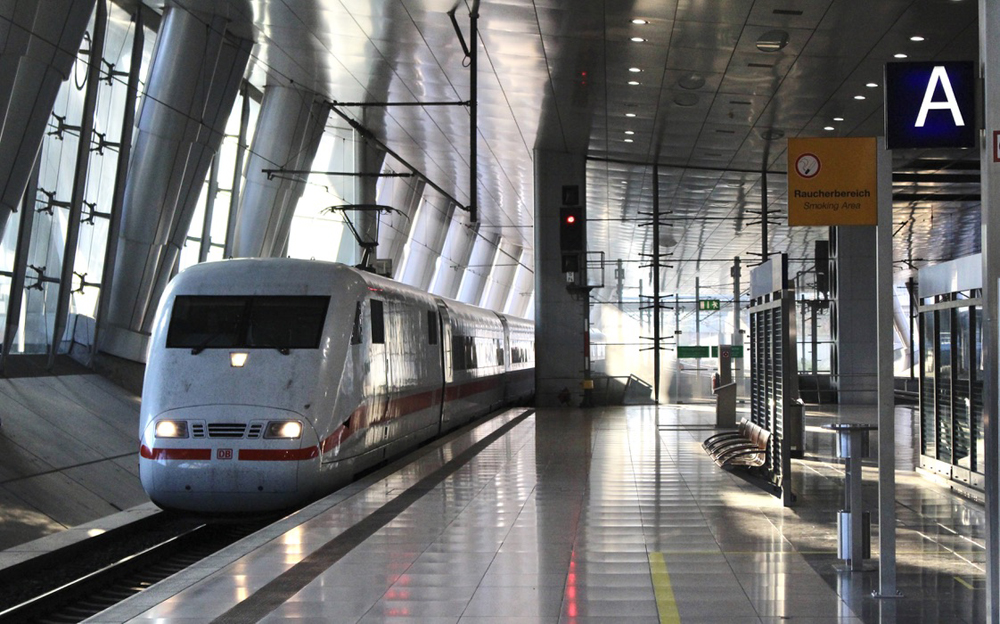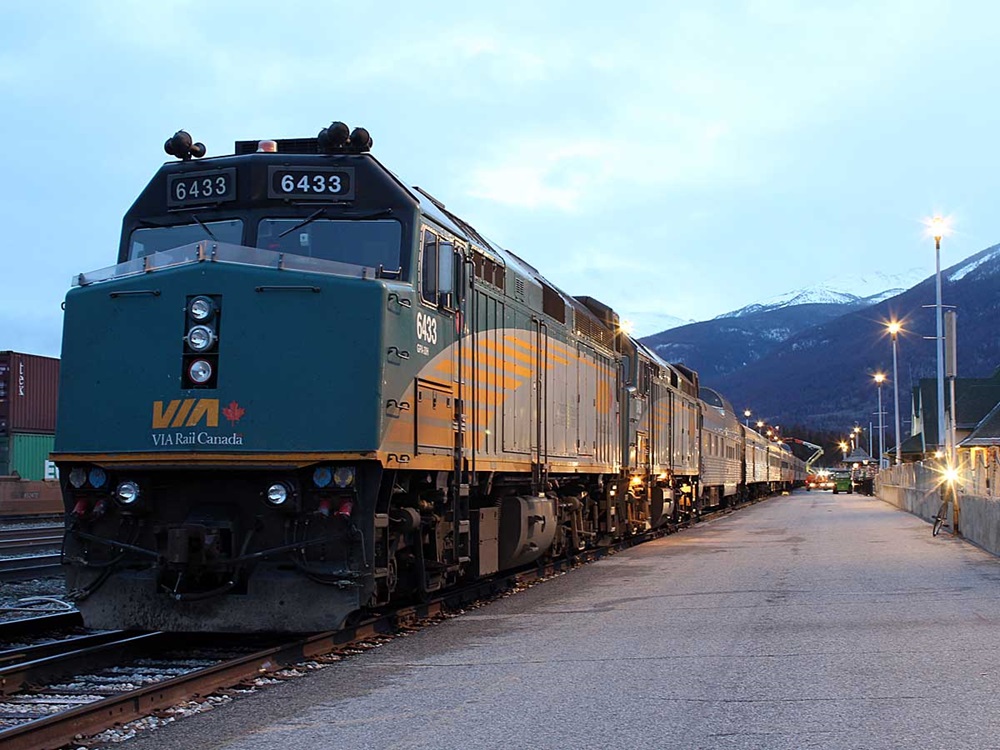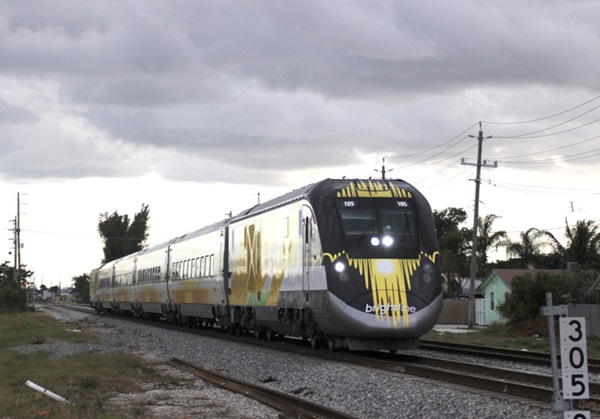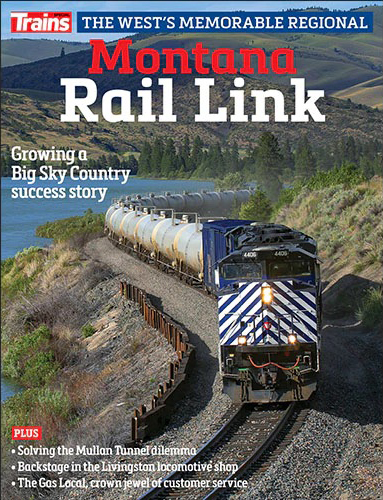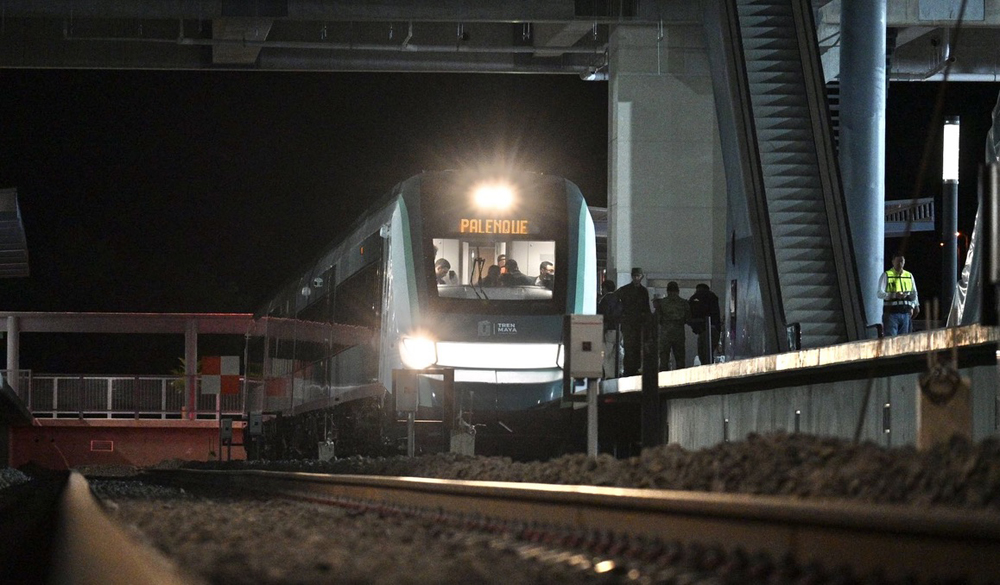
MEXICO CITY — Mexico’s Maya Train project has been hit by a major budget cut, while at least one other rail infrastructure program has seen a significant boost as President Claudia Sheinbaum shifts priorities, the news site La Verdad Noticias reports.
Funding to complete the tourism-oriented Maya Train, meanwhile saw a 70.7% cut, from 125.9 billion pesos ($6.11 billion) to 36.9 billion pesos ($1.79 billion). Sheinbaum has previously committed to finishing the looping 966-mile route on the Yucatan Peninsula, a pet project of former president Andrés Manuel López Obrador, and participated in the opening of its final portion in December [see “Mexican president opens final segment …,” Trains News Wire, Dec. 16, 2024]. The impact of the cuts on existing plans, including Sheinbaum’s previously announced goal of devoting 35 billion pesos ($1.7 billion) to upgrade Maya Train infrastructure for freight operations is unclear.
The story was different, however, for the Isthmus of Tehuantepec rail project, which seeks to develop an overland rail alternative to the Panama Canal [see “Mexico launches Interoceanic Train service,” Trains News Wire, Dec. 23, 2023]. Reflecting that project’s potential economic and logistic benefits, its funding saw a 703.5% increase, from 3.9 billion pesos ($190 million) to more than 31.5 billion pesos ($1.53 billion).
The budget shifts, as reported by the Ministry of Finance and Public Credit, reflect increased support for migrants and repatriation programs while border security issues between Mexico and the U.S. continue, as well as a greater focus on programs with economic and social impact. The National Migration Institute has seen a 489% budget increase, while the Mexican Commission for Refugee Assistance, or Comar, saw a 110% increase, El Universal reports.
The Maya Train, envisioned as a major tourism boost for the Yucatan region, has delivered far less ridership than had been predicted. With the operation averaging only 1,650 passengers daily — instead of the 8,200 that had been the goal — the government launched a campaign to increase usage in December.






